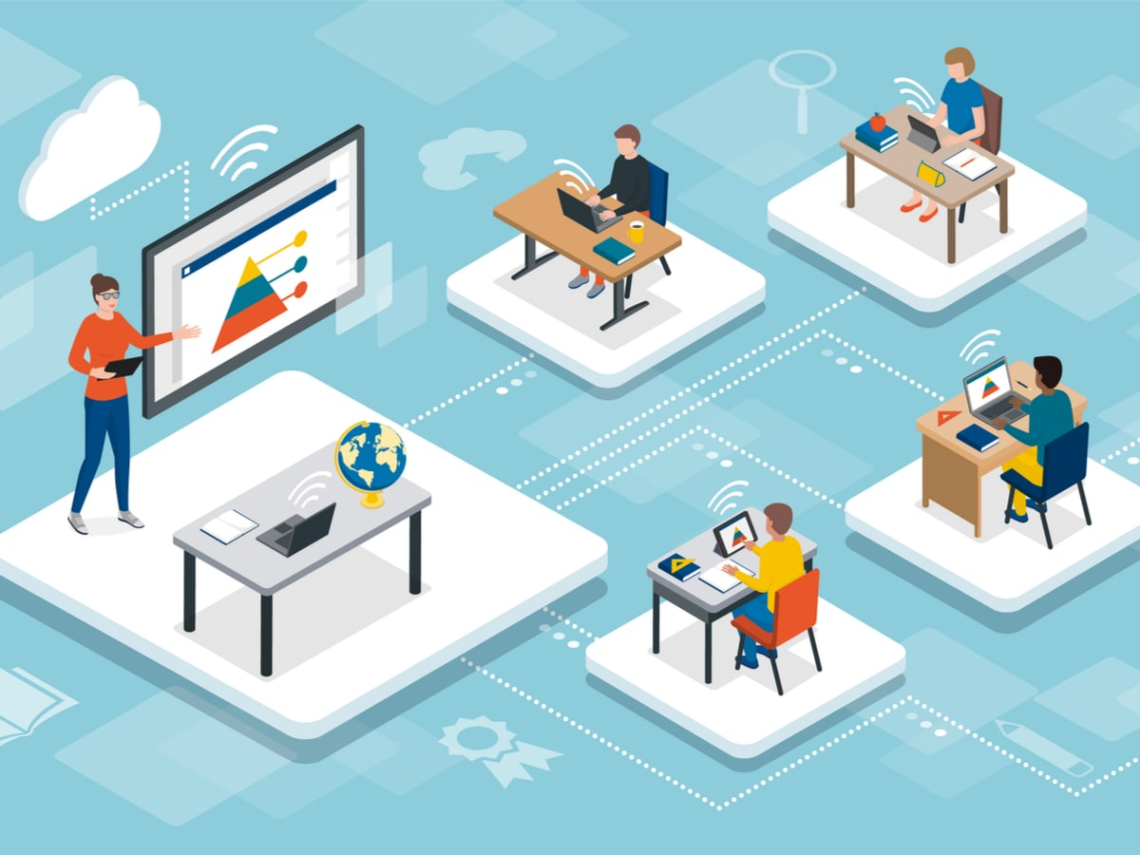In today’s digital age, the role of a teacher has evolved beyond traditional classroom instruction to incorporate various multimedia resources that captivate young minds. Among these resources, kids animated shows have emerged as powerful educational tools that combine entertainment with valuable learning experiences. The strategic integration of animated content into educational curricula has revolutionized teaching methodologies, making complex concepts more accessible and engaging for children across different age groups.
Modern educators recognize that children process information differently than adults, often requiring visual stimulation and storytelling elements to maintain their attention and facilitate comprehension. By leveraging the colorful characters, compelling narratives, and simplified explanations found in quality animated programming, teachers can create more dynamic learning environments that address diverse learning styles and needs. This multimedia approach has proven particularly effective for subjects that children traditionally find challenging or abstract.
The integration of animated content into educational settings represents a pedagogical approach that acknowledges children’s natural affinity for storytelling and visual learning. Research in developmental psychology consistently demonstrates that young learners form stronger neural connections when information is presented through multiple sensory channels. Animated shows, with their combination of visual stimuli, audio elements, and narrative structures, create the perfect multi-sensory learning environment.
Additionally, animated programming often incorporates social-emotional learning (SEL) components that help children develop critical life skills. Characters facing challenges, working through conflicts, and demonstrating perseverance provide valuable models for students to emulate. These scenarios, when discussed and analyzed in classroom settings, help children develop emotional intelligence alongside academic knowledge.
For teachers working with diverse student populations, animated content offers another significant advantage: representation. Progressive animated shows increasingly feature characters from various cultural backgrounds, family structures, and ability levels. This representation helps all children see themselves reflected in educational materials, fostering a sense of belonging and inclusion that enhances the learning experience.
The educational value of animated content extends beyond the classroom walls, creating valuable opportunities for parental involvement in education. Teachers can recommend quality animated programming for home viewing, providing parents with conversation starters and activity ideas that reinforce classroom learning. This school-home connection strengthens the educational foundation for young learners and creates consistency across learning environments.
When selecting animated content for educational purposes, experienced educators evaluate several critical factors. The age-appropriateness of the material, alignment with curriculum standards, educational value, production quality, and representation of diversity all influence these decisions. Many professional teaching organizations and educational websites offer curated lists of recommended animated content categorized by subject area and grade level to assist teachers in making informed choices.
Technology integration in education continues to evolve, with interactive animated content now accessible through various digital platforms. Many educational animation series offer companion websites with games, activities, and additional resources that extend the learning experience. Forward-thinking teachers incorporate these digital extensions into lesson plans, creating blended learning experiences that cater to digital natives.
The cognitive benefits of educational animation are well-documented in academic research. Studies show that animated content can improve knowledge retention, enhance conceptual understanding, and increase student motivation. The visual nature of animation makes it particularly effective for teaching scientific processes, historical events, and mathematical concepts that would be difficult to demonstrate through traditional means.
Professional development for educators increasingly includes training on effective integration of multimedia resources, including animated content. Workshops and courses help teachers develop media literacy skills and learn strategies for fostering critical viewing habits among their students. This training ensures that animated content serves as a supplement to, rather than a replacement for, quality instruction.
The economic accessibility of animated content makes it a valuable resource for schools with limited budgets. Many educational animated series are available through public broadcasting, free streaming platforms, or affordable subscription services. This accessibility helps bridge the resource gap between affluent and underfunded schools, providing all students with engaging educational content.
Critics of screen-based learning raise valid concerns about excessive media consumption among children. However, research indicates that when used judiciously and with purpose, animated content can be a valuable component of a balanced educational approach. The key lies in intentional selection, guided viewing, and follow-up activities that promote active rather than passive engagement with the material.
As educational technology continues to advance, we can anticipate further evolution in how animated content is utilized in learning environments. Virtual reality (VR) and augmented reality (AR) technologies are already being integrated with animated educational content, creating immersive learning experiences that were previously impossible. These developments promise even more engaging and effective educational tools for tomorrow’s classrooms.
The partnership between skilled educators and quality animated content represents a powerful educational alliance that benefits young learners in numerous ways. By harnessing children’s natural attraction to animation and storytelling, teachers can create memorable learning experiences that foster academic growth, social-emotional development, and a lifelong love of learning. As we continue to understand more about how children learn best, the thoughtful integration of animated content into education will undoubtedly remain an important strategy for effective teaching.




